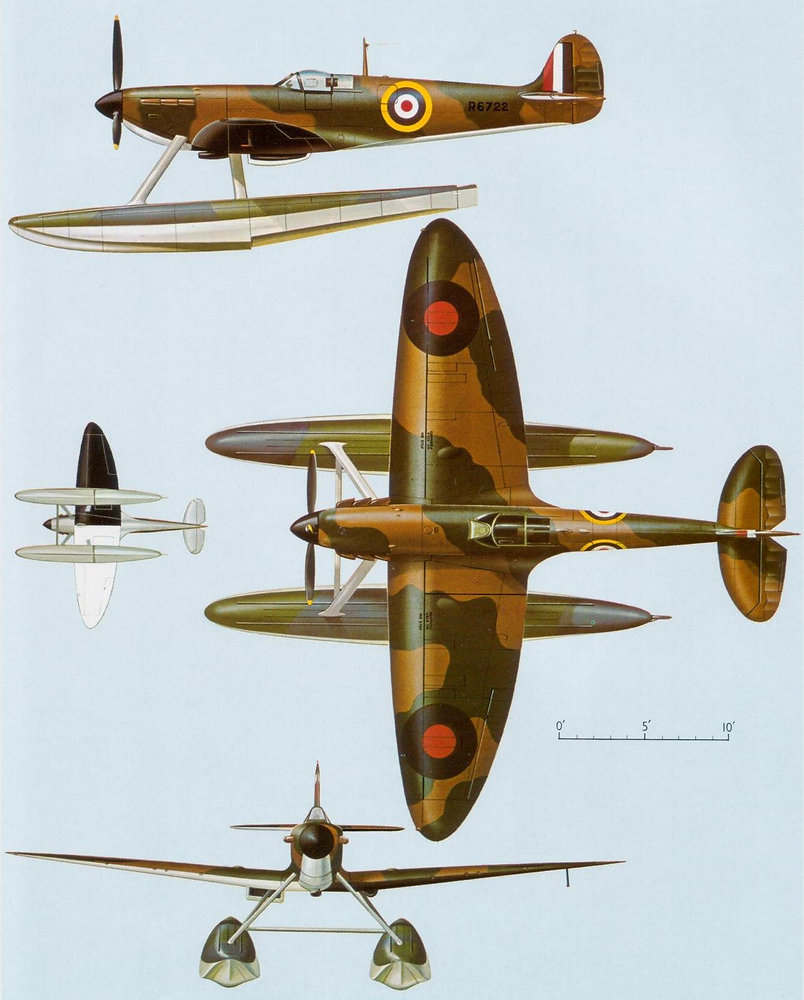Can we make a faster, better performing Wildcat? Yes, and to make a long story short; the USN should have just picked up the phone and placed an order with Canadian Car & Foundry for Hawker Sea Hurricane Mk XIIs...via reverse lend lease!
Merlin V-1650-1
4 x .5in BMGs (300rpg)
2 wing mounted 58USG drop tanks
Merlin V-1650-1
4 x .5in BMGs (300rpg)
2 wing mounted 58USG drop tanks

